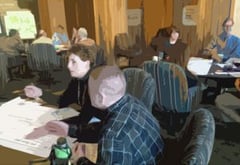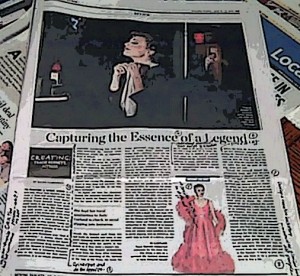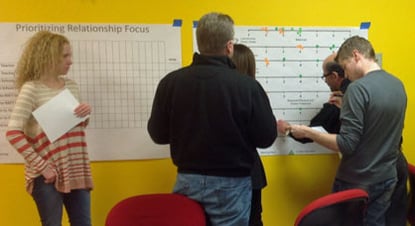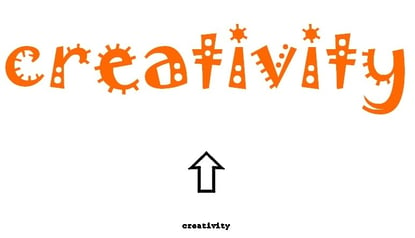 Someone asked me after a client strategy session how we’d approach working with a group comprised entirely of creative people. The reason for his question was his professional services firm’s principals would all be considered as creatives in the typical sense of the term.
Someone asked me after a client strategy session how we’d approach working with a group comprised entirely of creative people. The reason for his question was his professional services firm’s principals would all be considered as creatives in the typical sense of the term.
Getting the Best Strategic Creative Thinking from a Creative Group
I told him there were a variety of ways we’d adjust our approach, starting with the group’s composition and extending through how we’d design and conduct the strategic creative thinking session. Seven adjustments we’d make include:
- Pushing to increase the group’s diversity by including people who don’t primarily fit in the “creative” category. We’d try to include others within the firm from different functional disciplines, advisers to the firm who represent varied perspectives, and customers or other stakeholders who bring different experiences and backgrounds.
- Ensuring we’re introducing data-driven insights to both shape the topics we address and evaluate the output.
- Introducing only as much structure as the group needs to make the expected strategic thinking and planning progress.
- Using small group exercises more aggressively with frequent rotations among the groups.
- Allowing for multiple (and even unplanned) types of expression in sharing ideas (i.e., we’ve had groups create art, develop proposed copy, or write and perform songs).
- Carefully monitoring and adjusting the creative thinking session structure based on who plays nicely with others and which parties and pairings produce the strongest work.
- Encouraging small groups to push further with developing their ideas so they can pitch concepts as a way to communicate their thinking and prioritize the group’s efforts.
Diversity Counts for More than Exclusive Creativity
While it might seem ideal to work with a completely creative group, it typically isn’t. As always, we stand behind the idea that multiple thinking orientations working together produce the best strategic creative thinking. Yes, even better than a group composed entirely of creative types.
The similarity in thinking styles and perspectives among people who view themselves as creative doesn’t provide enough diversity for the group to work as well as one with people who are less experienced or even more reluctant to participate in creative thinking exercises.
What works for you with working with creative groups?
If you’re working in a purely creative environment, how do you get the best strategic creative thinking from your team? - Mike Brown
If you enjoyed this article, subscribe to the free Brainzooming email updates.
The Brainzooming Group helps make smart organizations more successful by rapidly expanding their strategic options and creating innovative plans they can efficiently implement. Email us at info@brainzooming.com or call us at 816-509-5320 to learn how we can help you enhance your strategy and implementation efforts.



